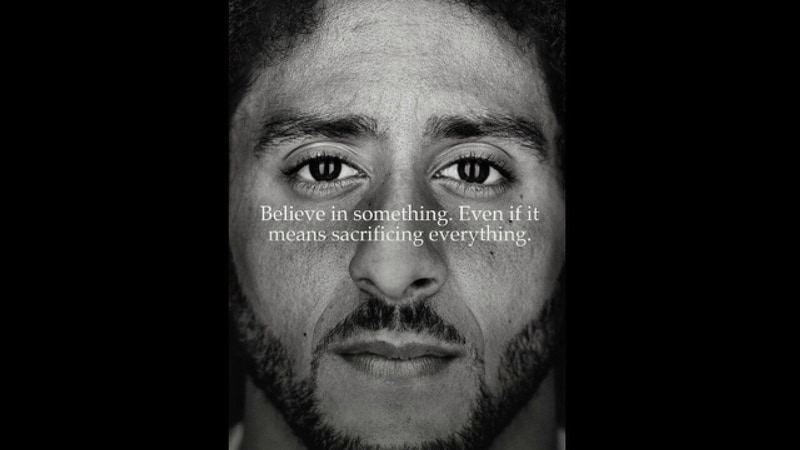Translating brand ethos into owned assets like the website design – a critical step to building and emphasizing a unified brand identity.
Is there a tech company with more loyalty than Apple? Why do Starbucks customers only buy coffee from them? The answer lies in branding. Successful companies develop core characteristics that define their “brand essences” and often utilize their websites as the primary entry point.
In today’s pandemic-driven digital age, well-designed websites are more important than ever. People don’t simply visit sites to compare prices anymore–they come to learn, interact, and make purchases from brands they like. They want to buy from businesses they connect with, and the best websites help create those relationships.
Here we discuss how to use effective branding and website design to communicate your business message and attract more customers.
Why are branding and website design important?
The internet is an integral part of most people’s lives. In fact, Americans. visit over 130 web pages per person per day. These sites must exhibit good branding and website design to captivate their attention. A well curated web presence can:
- Build brand awareness and connect with customers
- Position and differentiate the brand
- Guide customers to your company over a competitor, boosting sales
- Qualify and drive leads
- Support sales activities and platforms
- Educate customers and help them make decisions
- Analyze behavior and purchase intent
- Position and communicate the company to investors
- Share the company’s culture and attract talented employees
Make a critical first impression
Every visitor to your site is a potential new lead, so making a great first impression is essential. However, websites are subject to snap judgment. Recent studies show it only takes 50 milliseconds for users to form an opinion about your website. When they arrive on your home page, everything they see should help them make an immediate emotional connection. The most successful websites express your brand clearly through sleek design that keeps customers engaged.
Stand out from the competition
Websites are a way for customers to get a feel for your business and statistics reveal that first impressions are 94% design-related. Portraying a unique brand identity through a standard website template is impossible. Branding and design help differentiate your company and show customers why you’re better.
Build trust and credibility
Good web design does more than get customers’ attention. Almost 50% of people say that it’s the No. 1 way they determine if your business is credible. Consistent, quality design showcases everything about your brand, including its values, mission, and personality. Everything from the logo to the colors should tell customers what your business stands for, building loyalty and trust by connecting with customers visually and emotionally.
Easy ways to add brand essence to your website
Think about the websites that stand out and what makes them special. Most use effective branding to provide an immersive, engaging experience that feels like visiting a comfortable real-world space. Many elements contribute to a vital brand essence, from design choices like fonts, imagery, and color to word choice, layout, and functionality. Here are nine ways you can incorporate your brand into your website design.
1. Think about website functionality
Does your website incorporate e-commerce, client portals, or blogging? The function of the website should affect its design. For instance, an e-commerce site should offer a simple, clean layout and secure buying experience. A blog should present content in a shareable format that looks fun and inviting. Let function lead the design choices.
2. Lay it out well
Web design and structure are important to users, and 38% will stop using a website if they find it unattractive. Layout relates to the navigation placement and overall structure, such as top or side menus or wrapping text around images. At the same time, the layout should also reflect your brand. For example, an easy, accessible website should have straightforward, simple navigation with large buttons, while an artsy, visual brand should prioritize imagery.
3.Use colors carefully
Website colors should reflect your brand essence. Using these colors consistently is psychologically proven to improve brand recognition by up to 80%. For instance, Target uses a bright red in everything brand-related because it energizes shoppers. That’s why your business should choose colors wisley and stick with the same shades in your digital environment.
4.Know your type
Font selection is about more than legibility. The fonts you pick should say something about your company. For example, a luxury fashion brand could use a trendy and informal font to convey a sense of forward-thinking style. On the other hand, a serif font like Garamond might look more formal and professional for a law firm or doctor’s office. Think about what your customers should feel when they see your website’s typography.
5.Focus on images
- Images grab a customer’s attention. Choose your graphics wisely and consider the following:
- Stock images often come across as out of touch and fake.
- On average, users spend 5.94 seconds looking at the main website image, so make sure it’s relevant.
- Think about how you can convey your values, such as showcasing real people.
- Make sure your logo always stands out.
6.Consider the tone
Your brand’s tone gives the content you share online personality and depth. Formal language helps you come across as reliable, dependable, and sophisticated. Adding humor, slang, and emojis can show you’re as friendly and relatable. Think about what makes sense for your brand.
7.Don’t copy the competition
Getting inspiration for trends and design strategies through competitive analysis is OK. Still, copying and pasting it onto your website is more likely to backfire by reminding people of the other brand and sending them there. Instead, take the unique features of your business and incorporate them throughout your website design.
8.Keep it consistent
Consistency is key to branding. When it comes to websites, consistency looks like this:
The same word choice and tone across all pages
Consistent page templates and navigation menu positioning
Sticking to a color palette
The business logo appears on each page
The bottom line
A website is a 24/7 avatar for your entire business in this digital age. Effective branding and web design can make your business stand out, provide an excellent first impression for customers, and help build brand credibility. Through consistent, quality design choices, from fonts and images to functional layouts and clear messaging, web design can create value and emotionally connect with customers, encouraging them to stick with your brand for the long term.







